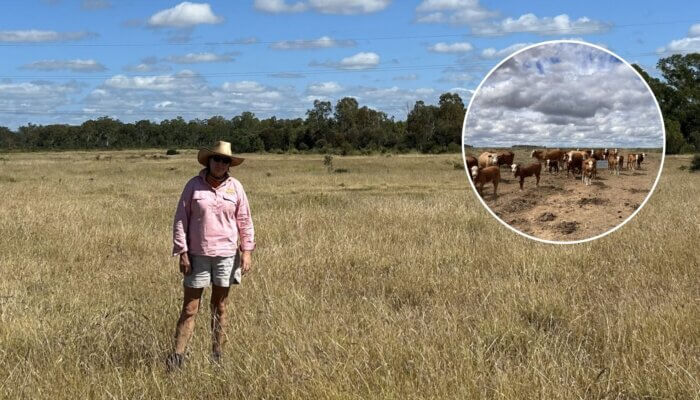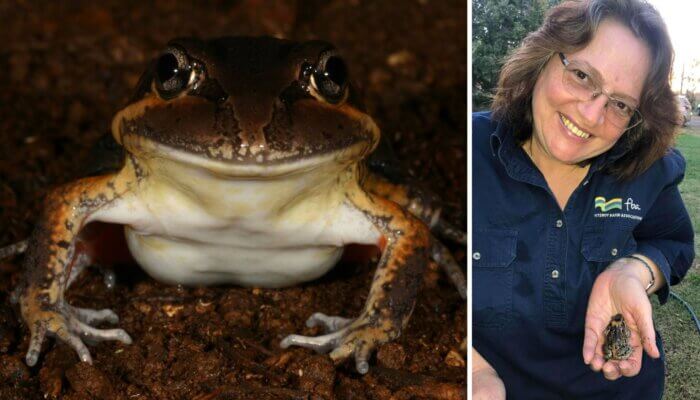Resources library
Resources
Educational FBA paddock to reef resources
From paddock to the reef - a catchment is all connected
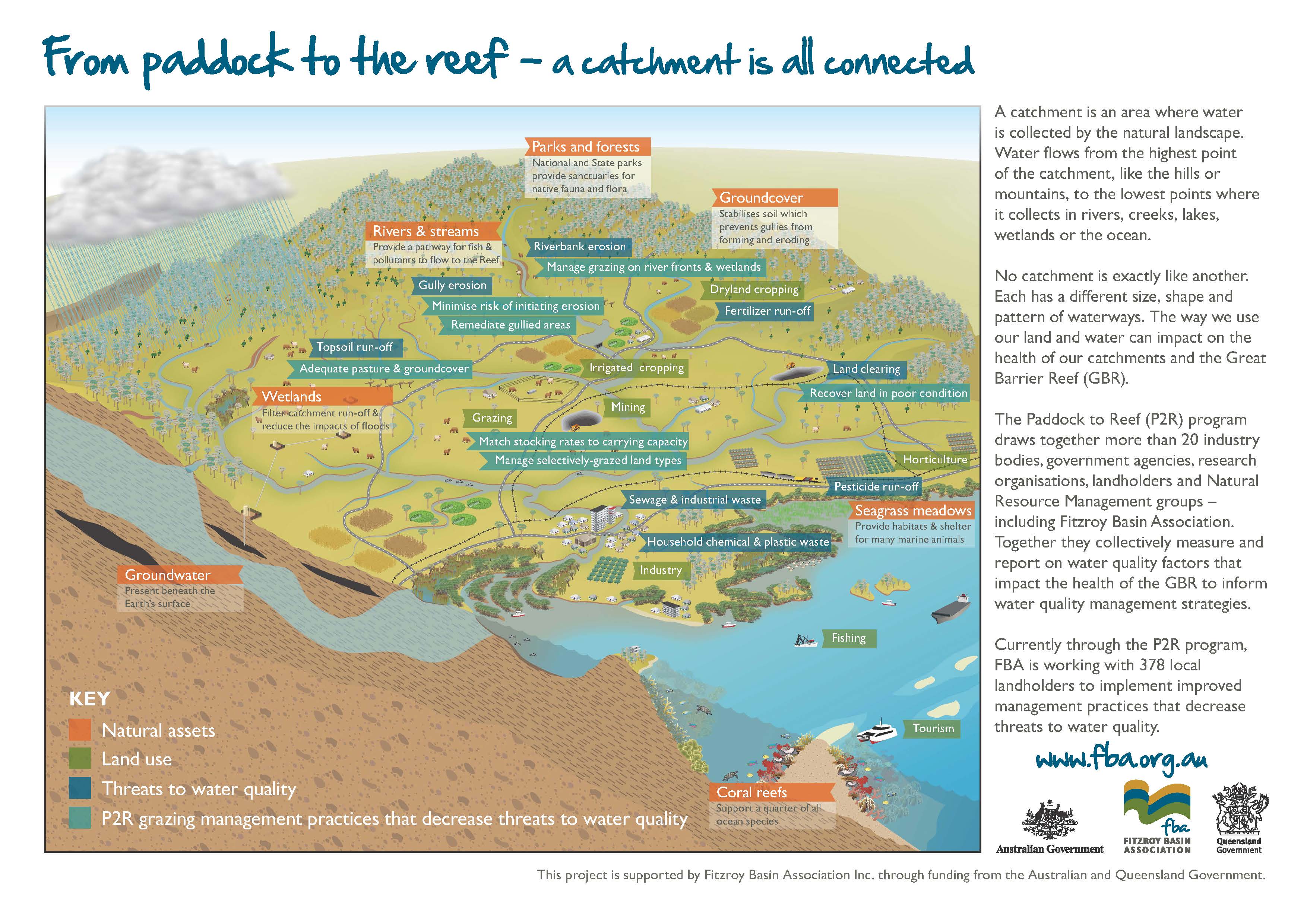
A catchment is an area where water is collected by the natural landscape. Water flows from the highest point of the catchment, like the hills or mountains, to the lowest points where it collects in rivers, creeks, lakes, wetlands or the ocean. No catchment is exactly like another. Each has a different size, shape and pattern of waterways. The way we use our land and water can impact the health of our catchments and the Great Barrier Reef (GBR).
03/07/2019
Gully Erosion Case Study
Raglan Station - Fitzroy

Raglan Station is a 16,919 hectare property sharing frontage onto Raglan Creek, a tributary flowing directly into the Fitzroy Delta. A highly erosive gully was present on the property, measuring depths of up to 10 metres and widths of up to 20 metres in some areas. The entire length of the gullied area spanned 241 metres. Fitzroy Basin Association Inc. (FBA), with funding through the Australian Government’s Reef Trust II Program, undertook a three-pronged approach to addressing
02/07/2019
Customised FBA support for Cardbeign
Rebuilding and re-vegetating damaged creeks in central Queensland
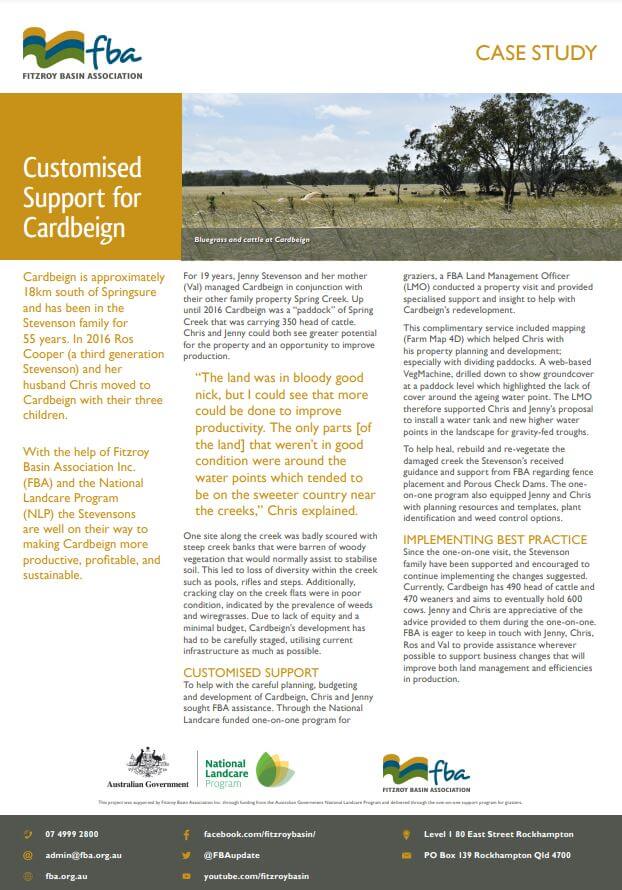
One site on the property was badly scoured with steep creek banks that were barren of woody vegetation that would normally assist to stabilise soil. This led to loss of diversity within the creek such as pools, rifles and steps. Additionally, cracking clay on the creek flats were in poor condition, indicated by the prevalence of weeds and wiregrasses. Due to lack of equity and a minimal budget, Cardbeign’s development has had to be carefully staged, utilising current infrastructure as much as possible.
02/07/2018
Broadmeadows case study
Land rehabilitation through water spreading banks
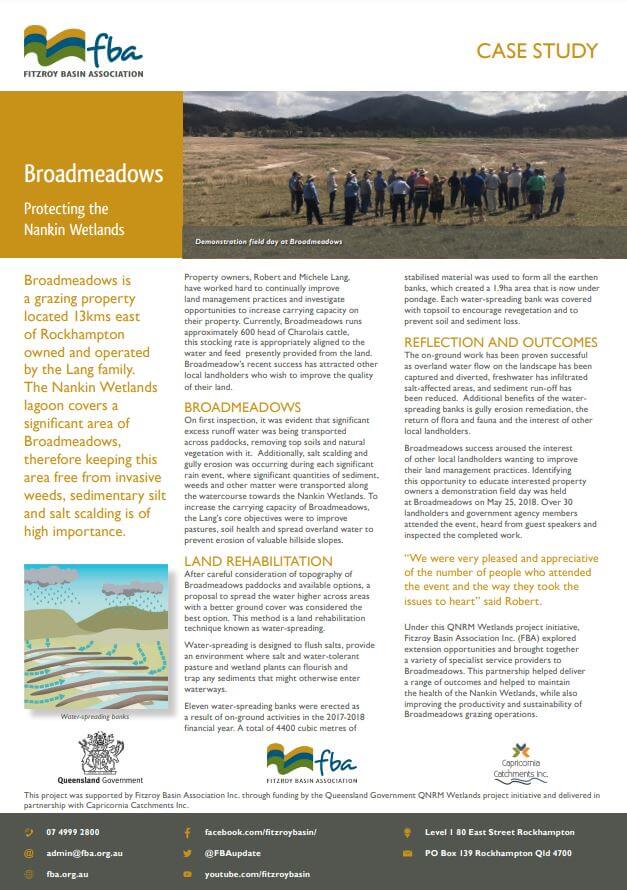
Broadmeadows is a grazing property located 13kms east of Rockhampton owned and operated by the Lang family. The Nankin Wetlands lagoon covers a significant area of Broadmeadows, therefore keeping this area free from invasive weeds, sedimentary silt and salt scalding is of high importance.
06/06/2018
CQ graziers talk about challenges facing the grazing industry
CQ graziers talk about challenges facing the grazing industry

Life on the land is challenging, running a business can be hard. Building a sustainable, profitable enterprise is both. Eight of our Reef Trust 1 A-class grazing landholders talk about the various challenges they face running grazing properties in Central Queensland.
07/05/2018
We ask several CQ graziers why they’re on the land
We ask several CQ graziers why they're on the land
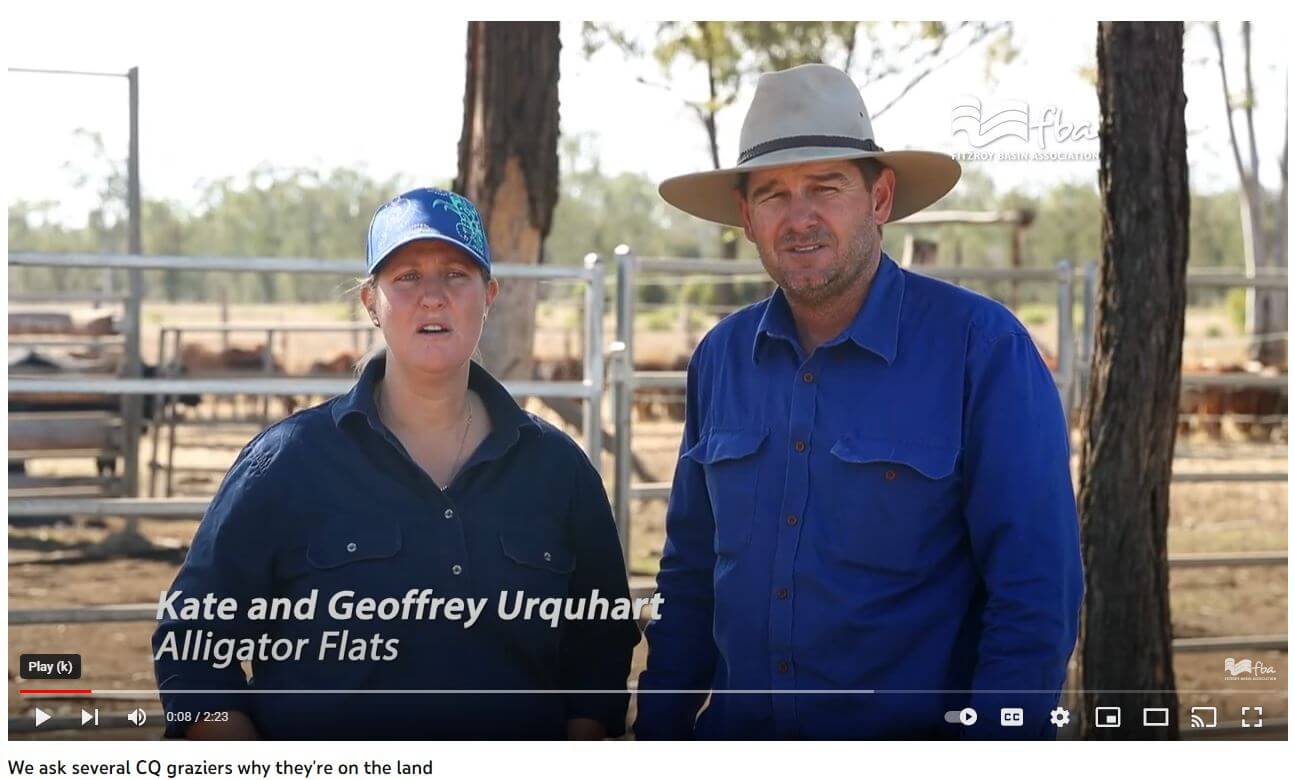
Rockhampton is known as the Beef Capital of Australia - we ask a number of Central Queensland graziers to share what motivates them and why they love working on the land in the grazing industry.
30/04/2018
Water spreading banks case study
Changing the flow at Broadmeadows - Protecting the Nankin Wetlands
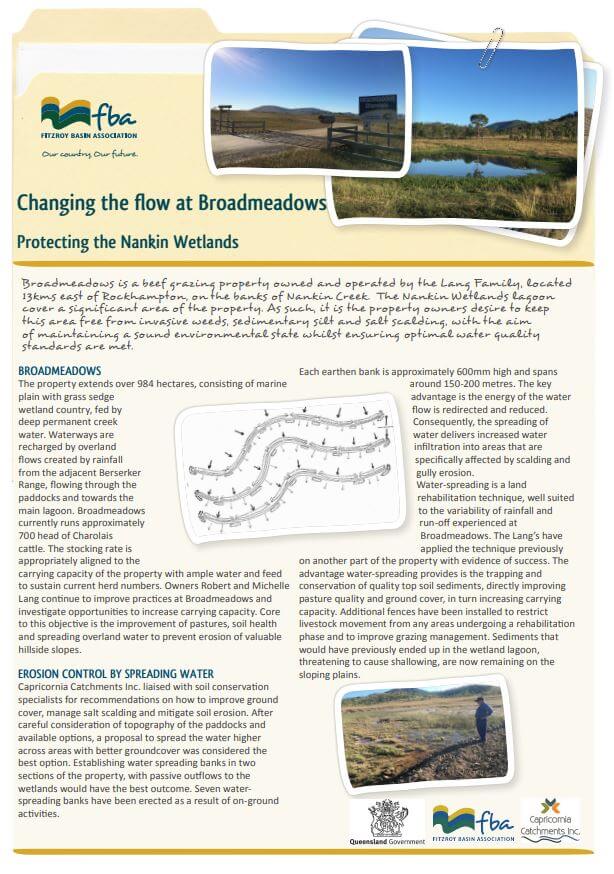
Broadmeadows is a beef grazing property owned and operated by the Lang Family, located 13kms east of Rockhampton, on the banks of Nankin Creek. The Nankin Wetlands lagoon cover a significant area of the property. As such, it is the property owners desire to keep this area free from invasive weeds, sedimentary silt and salt scalding, with the aim of maintaining a sound environmental state whilst ensuring optimal water quality standards are met.
31/07/2017
Case Study: Boonal Downs
Queensland Regional NRM Investment Program
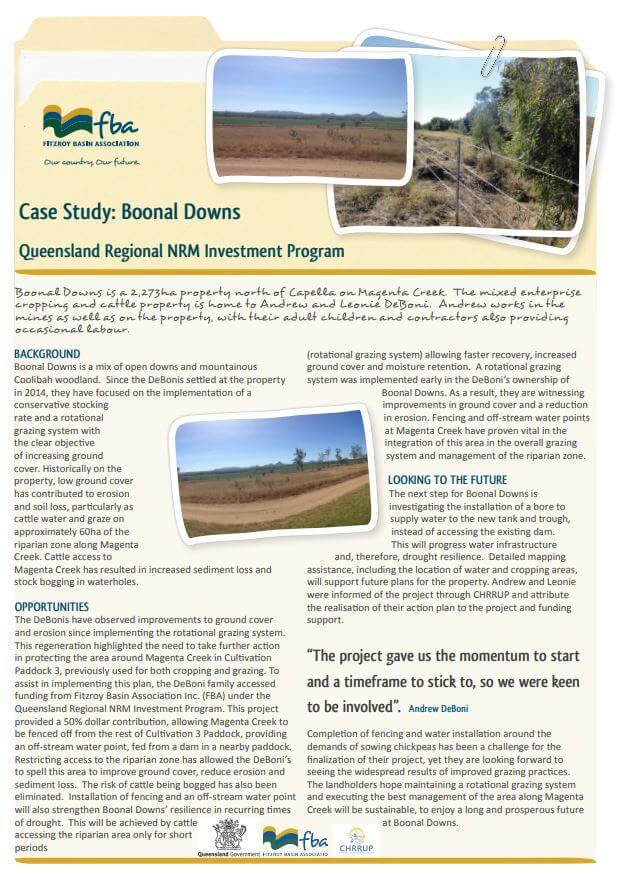
The DeBonis have observed improvements to ground cover and erosion since implementing the rotational grazing system. This regeneration highlighted the need to take further action in protecting the area around Magenta Creek in Cultivation Paddock 3, previously used for both cropping and grazing. To assist in implementing this plan, the DeBoni family accessed funding from Fitzroy Basin Association Inc. (FBA) under the Queensland Regional NRM Investment Program.
31/07/2017
Fitzroy Basin awareness campaign 2017
Tilapia - Stop the Spread

Tilapia (Oreochromis mossambicus) is an aggressive pest fish regarded as one of the greatest threats to Australia’s aquatic ecosystem. They are a highly successful invasive species due to a number of key characteristics: rapid reproduction with maternal care, adaptable food requirements and tolerance for a wide range of aquatic habitats. Tilapia have progressively established populations in waterways throughout the south-east and northern Queensland and Western Australia since the 1970s.
01/07/2017





